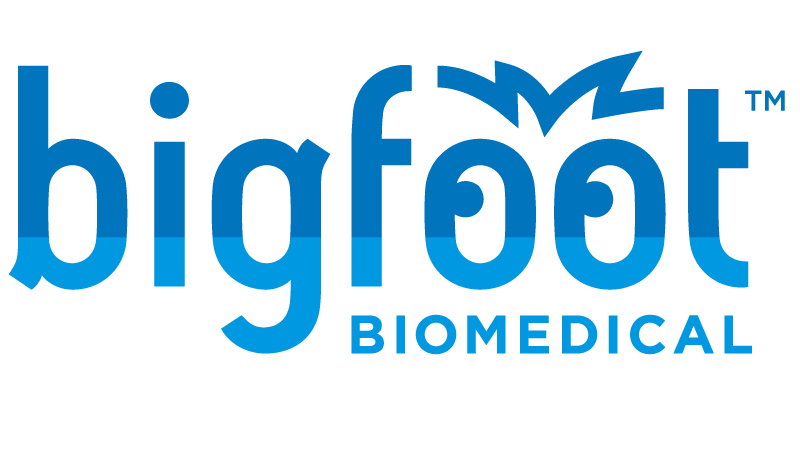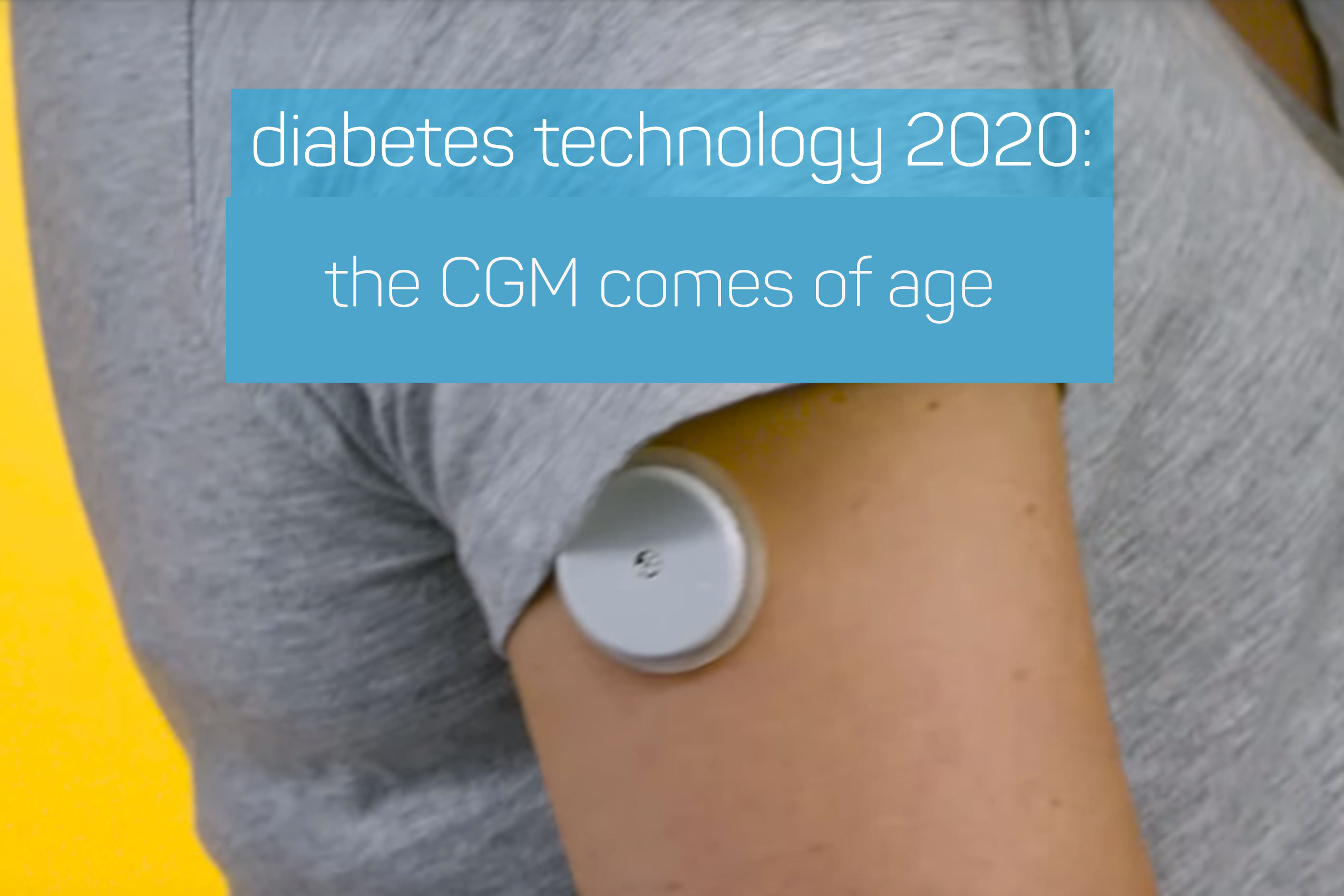Looking ahead, the most anticipated stories in diabetes technology aren’t centered around a new technology or device. They’re centered on a device that received its first FDA approval 20 years ago: the continuous glucose monitor (CGM).
CGM’s impact goes beyond providing a richer dataset for monitoring and managing blood glucose levels. It’s a driving force behind adopting new approaches to diabetes care. Without CGM, Time in Range reporting (TIR) wouldn’t be practical and Automated Insulin Delivery (often referred to as looping or the artificial pancreas) wouldn’t be possible.
Additionally, CGM is influencing health policy debates. Medicare coverage for CGM has become a powerful rallying call for diabetes patients and advocacy organizations alike. Being at the forefront of patient-managed digital medical devices, the rise of CGM will likely also have an impact on the debates surrounding cybersecurity and medical waste disposal policies.
CGM: Still not quite mainstream in diabetes care
Studies and trials confirm the effectiveness of CGM in improving quality of life for a wide range of populations and glycemic variability. As this has happened, more and more people with all types of insulin-requiring diabetes are clamoring to use these devices as part of their daily diabetes self-care. People with diabetes, caregivers, and medical professionals recognize how beneficial CGM use can be for overall diabetes self-care and management.
Yet only one-out-of-four potential users among the seven million people in the US with insulin-requiring diabetes have adopted CGM. The opportunity for expanded use is vast. Yet cost and access barriers remain.
CGM: Driving changes in diabetes care practices
By automatically capturing and recording glucose level readings throughout the day, CGM presents a much more complete picture of daily glucose management than the intermittent finger sticks analyzed by a traditional blood glucose meter or the A1C averages calculated to reflect a three-month measurement. CGM’s more comprehensive picture of glucose levels makes it possible for new diabetes care practices, that promise fewer complications and better outcomes for people with diabetes, to be adopted. Among these promising practices are management to Time in Range (TIR) and Automated Insulin Delivery.
Time in Range analyzes the glucose level readings on a more granular level than A1C results. Glucose levels are analyzed by a software algorithm; the results are reported as the percentage of time the person’s glucose levels were within a predefined target range in addition to as an average reading. Because TIR reporting can take place in a shorter timeframe than A1C (daily, weekly, or monthly vs. quarterly) it facilitates responding to out-of-target-range results in a more timely manner.
There’s an initiative to adopt TIR as a new standard for measuring glucose management in place of or in addition to A1C. An international consensus report on goals for TIR was presented at the 2019 Advanced Technologies & Treatments for Diabetes (ATTD) conference. In broad strokes, the TIR target is to spend 70% or more of the time within the 70-180 mg/dl range, less than 4% of time below 70 mg/dl, and minimize the time above 180 mg/dl. Recognizing that effective standards are not one-size-fits-all, the report suggests different standards for people with diabetes who are pregnant, elderly, or managing several chronic illnesses simultaneously.
Automated Insulin Delivery has been discussed at great length in the diabetes community over the past 15 years. During that time the artificial pancreas, as it was commonly referred to in the press, went from a theoretical possibility to a patient-led research and development project that ran in parallel with industry development through off-label use and finally FDA approval. Recently, the FDA approved an interoperable automated insulin delivery system, making more options available to patients.
What started with pairing a CGM and insulin pump in order to automate the delivery of basal insulin is now being examined by key players in diabetes for further development. Medtronic made the first commercial move with its hybrid closed loop system, the Minimed 670G, pairing it with its own Guardian Sensor 3 CGM. A number of collaborations are in place, including one between Bigfoot Biomedical and Abbott, maker of the FreeStyle Libre, to develop systems that will ultimately reduce the need for manual intervention by the patient or caregiver and lighten the cognitive load of managing diabetes on a daily basis.
CGM Technology: Still under development
CGM technology is by no means fully developed. A number of new technological features and algorithms are under development or close to coming to market. All are aimed at helping people with diabetes, their caregivers, and their medical professionals more easily manage diabetes.
CGM technologies under development include:
- Factory-calibrated sensors that eliminate the need to manually calibrate CGMs using a blood glucose meter
- Implantable sensors that last months, reducing discomfort and the number of sensors used over time
- Minimally invasive sensors that sit on top of the skin instead of piercing it
Algorithms are being developed to:
- Continually analyze how food eaten, insulin doses, physical activity taken together influence glucose levels
- Learn the person’s glucose patterns so that it can recommend optimal settings for their insulin pump
Ultimately digital health’s vision for CGM is that it would be an integral part of a cloud-connected diabetes environment made up of devices and software that monitors, guards, and advises people so that they can manage life with diabetes more easily and successfully.
CGM: Impacts on policy
This technological vision for CGM promises a lot. And as the benefits of CGM, especially when used as part of an automated insulin delivery system, become more widely known, more and more people with diabetes are showing interest in using CGM and experiencing its benefits.
Access and affordability questions are always raised as people become aware of new or improved medical technology and treatments. After all, what good is such medical advances if the people it’s supposed to help can get access to it or afford it?
A number of stakeholder organizations have had some success advocating for regulatory, healthcare, and Medicare policies that support making CGM available, interoperable with other medical devices, and more affordable. It will take time and continued advocacy to spread the effect of these successes to private health insurance and healthcare providers.
Cybersecurity and patient data privacy will likely be raised as concerns as CGM gets used more and more in a cloud-connected environment and as more patient data is gathered and stored. Much in the way CGM benefits have been used to advocate for access and affordability, it may also be a rallying point for developing relevant cybersecurity and patient data privacy policies and practices.
While it is true there have been tremendous advancements in CGM performance, more medical waste will be generated as more people adopt CGM since they will need to change out sensors weekly or bi-weekly. Policy makers may come to feel pressure to make it easier for patients to safely dispose of or recycle their medical waste. And device makers may feel pressure to make their systems more resource-efficient.
Diabetes technology, particularly CGM, is at a tipping point. Patients, caregivers, and healthcare professionals alike are experiencing positive outcomes. Policymakers are recognizing potential impacts. And at the same time, scientists and device makers see where improvements can be made. Together we are making our way down this path towards diabetes tech fulfilling its promises.


